The government’s goals include detecting and disrupting the fentanyl trade, introducing new law enforcement tools, improving operational coordination, expanding information sharing, and strengthening immigration and asylum systems, the report said on Tuesday.
To achieve these goals, the government will allocate funds to, among other things, training new drug-detection dog units, expanding intelligence-gathering capabilities, equipping the Royal Canadian Mounted Police with helicopters, drones, and mobile surveillance towers, and creating a new joint strike force to combat organized crime, the report noted.
In late November, US President-elect Trump announced that upon taking office, he would impose 25% tariffs on goods from Canada and Mexico due to unresolved issues of illegal immigration and drug trafficking in the US. He also promised to add a 10% export tariff on Chinese goods.
Under the terms of the Agreement between the United States of America, Mexico, and Canada (USMCA, formerly NAFTA), many goods are traded duty-free among the three countries if rules of origin and other standards are met. Trump's proposal, however, would violate the agreement, potentially straining economic and political relations between the region's states.

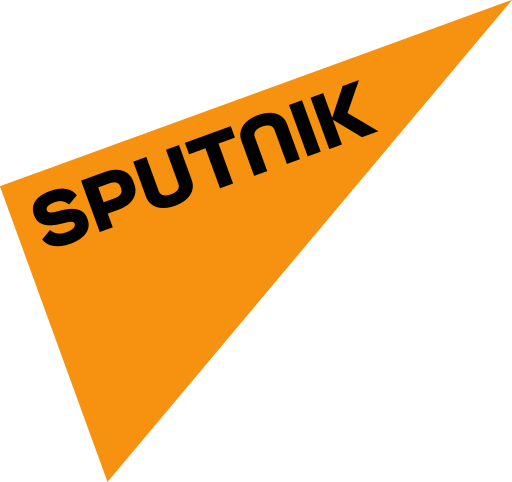 4 months ago
35
4 months ago
35
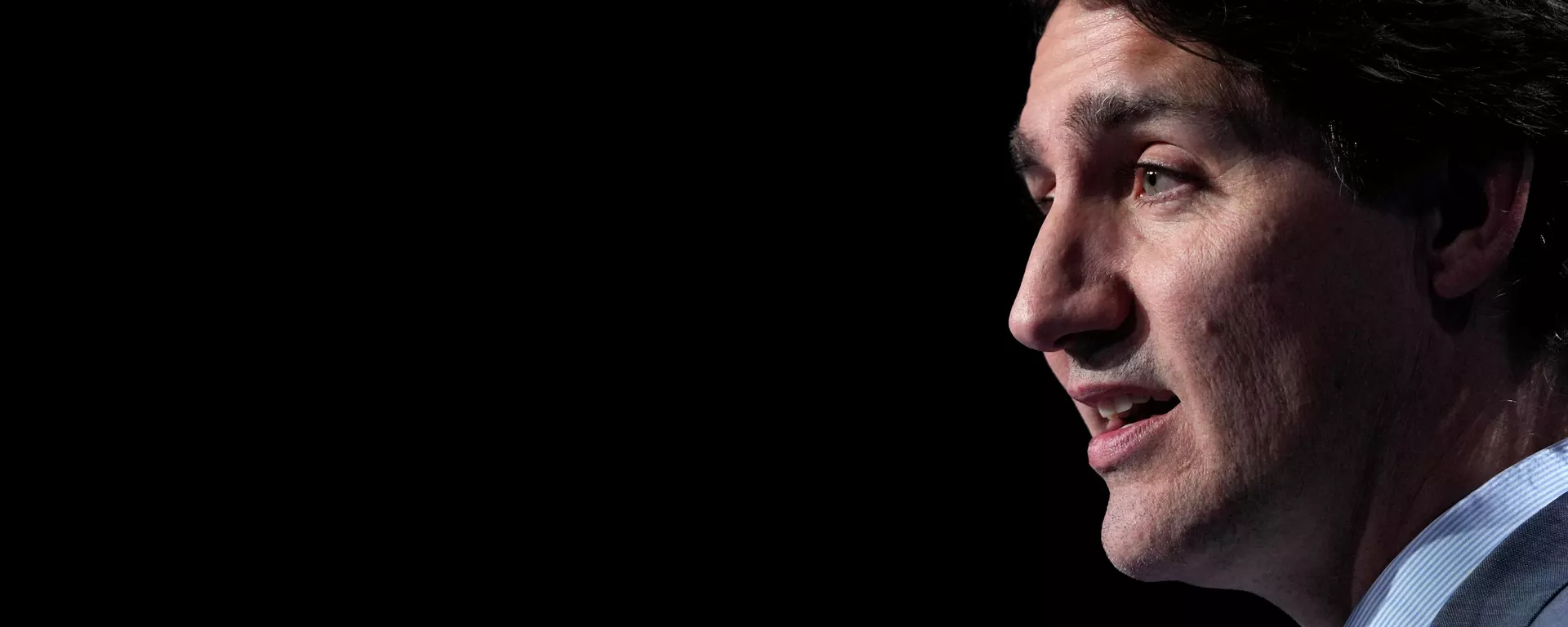
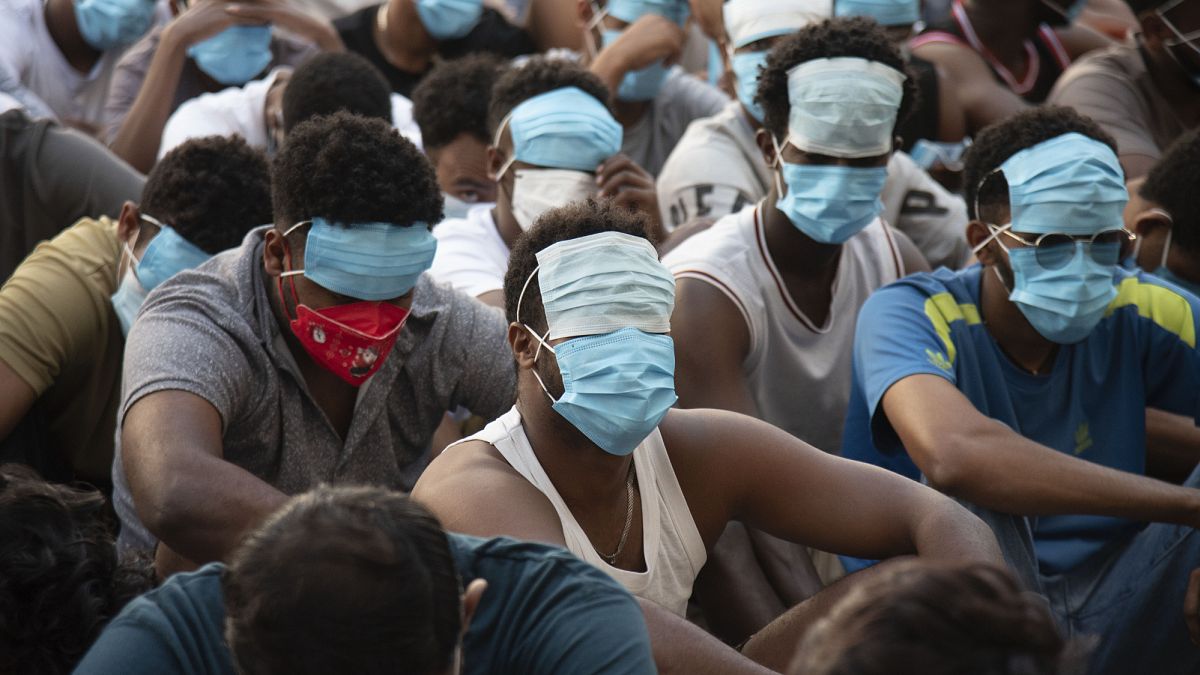
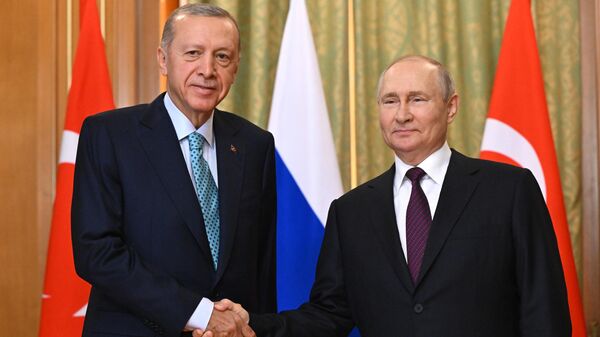


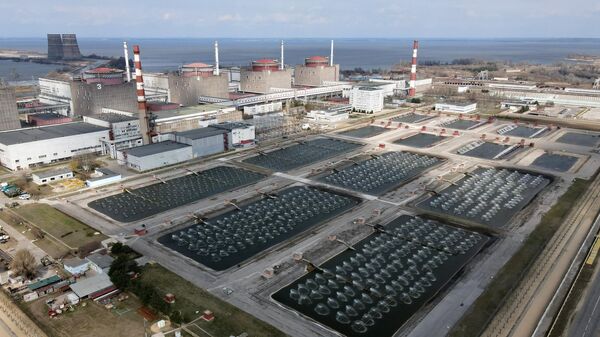
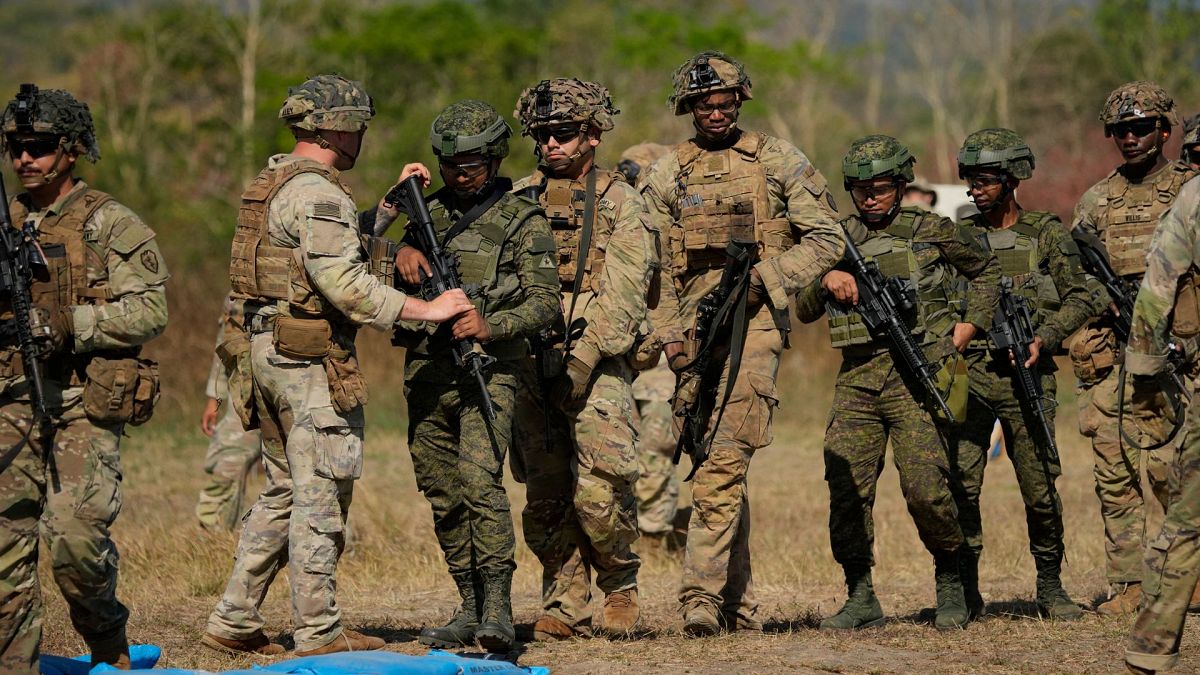
 We deliver critical software at unparalleled value and speed to help your business thrive
We deliver critical software at unparalleled value and speed to help your business thrive






 English (US) ·
English (US) ·